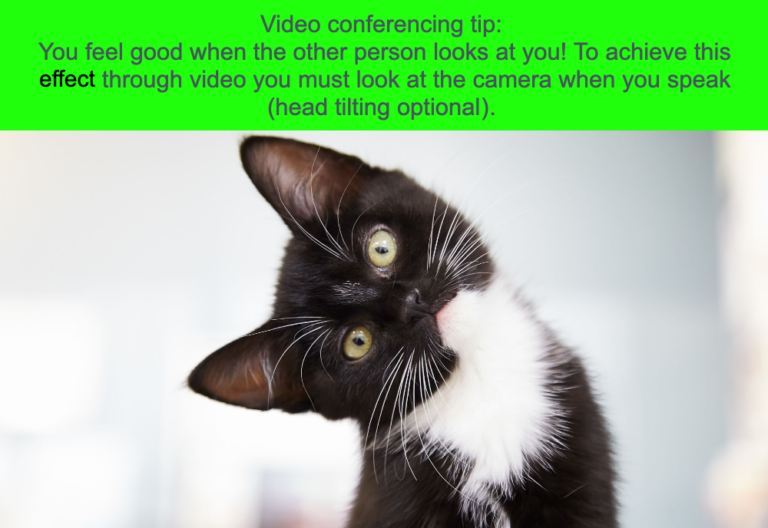Sometimes, in the classroom, you stand in front of the whole class to deliver instruction; and you use your superpowers! You scan the group and see the furrowed brows of the confused learners, and you restate your point, maybe while drawing to clarify. You scan the group and see the light bulb go off and call on the student to share what they’re thinking. When a bee flies through the window, you pause to address the interruption. These are the superpowers of teachers during whole-group instruction, used to manage its effectiveness.
In the Learner-Active, Technology-Infused Classroom, we encourage teachers to avoid whole-group instruction for skill instruction, as effective differentiation is rarely possible. However, we encourage the “Benchmark Lesson!” This is a short lesson to introduce a concept (skills will follow through learning activities and small-group instruction), trigger awareness, inspire, and wow your students to want to learn more! And, in a physical classroom, the superpowers apply!
But with synchronous instruction through video, where your whole class is connected in little windows, your superpowers disappear!!!!

It’s nearly impossible to be scanning those windows to find the furrowed brow or the light bulb. And with students connecting from home, distractions to individuals across the group are continuous! A student overhears someone else talking, a dog barks at something outside, a helicopter flies overhead, a cat jumps onto the desk; you name it!
It’s time to invoke new superpowers for both remote learning and brick-and-mortar learning! Leave the “Benchmark Lesson” to video . . . 2–3 minutes tops! Make your point! Inspire! Intrigue! Challenge! Then, perhaps after some time where students are working on learning activities, hold that larger gathering with NEW SUPERPOWERS! (If possible, hold the discussion with just half of the class at a time so that students have more air time.)
Be an Explorer! Prompt students to generate lots of questions and ideas about your video and the learning activities. Capture them on a digital screen so that students can access them after the session.
Be a Synthesizer! Ask students about what they learned (in the chat section or by unmuting individual students) and pull the comments together to make important points about the content.
Be an Analyst! Ask students questions to push their thinking. “What if . . . ?” “Would that still work if . . . ?” Then send them off to figure it out and report back to you through an assignment or through a small-group or whole-group session.
Be a Catalyst! Toss out the “next step” ideas so that students are inspired to keep moving forward in their learning.
Avoid whole-group instructional delivery (it really doesn’t align with brain research anyway) and build a new set of superpowers. You can address those who are struggling and those who have “aha” moments through your short videos and the related, differentiated learning activities.
When you do hold those video sessions . . . to make your students feel connected to you, look at the camera and not just the screen!

Superteachers to the rescue!
Visit our free sites for support for teachers and parents: https://ddal.idecorp.com https://4thekids.com https://4theparents.com — EdQuiddity Inc. and IDE Corp. have teamed up to offer teachers remote learning sessions. Ask us how we can help your school or district: solutions@edquiddity.com.
